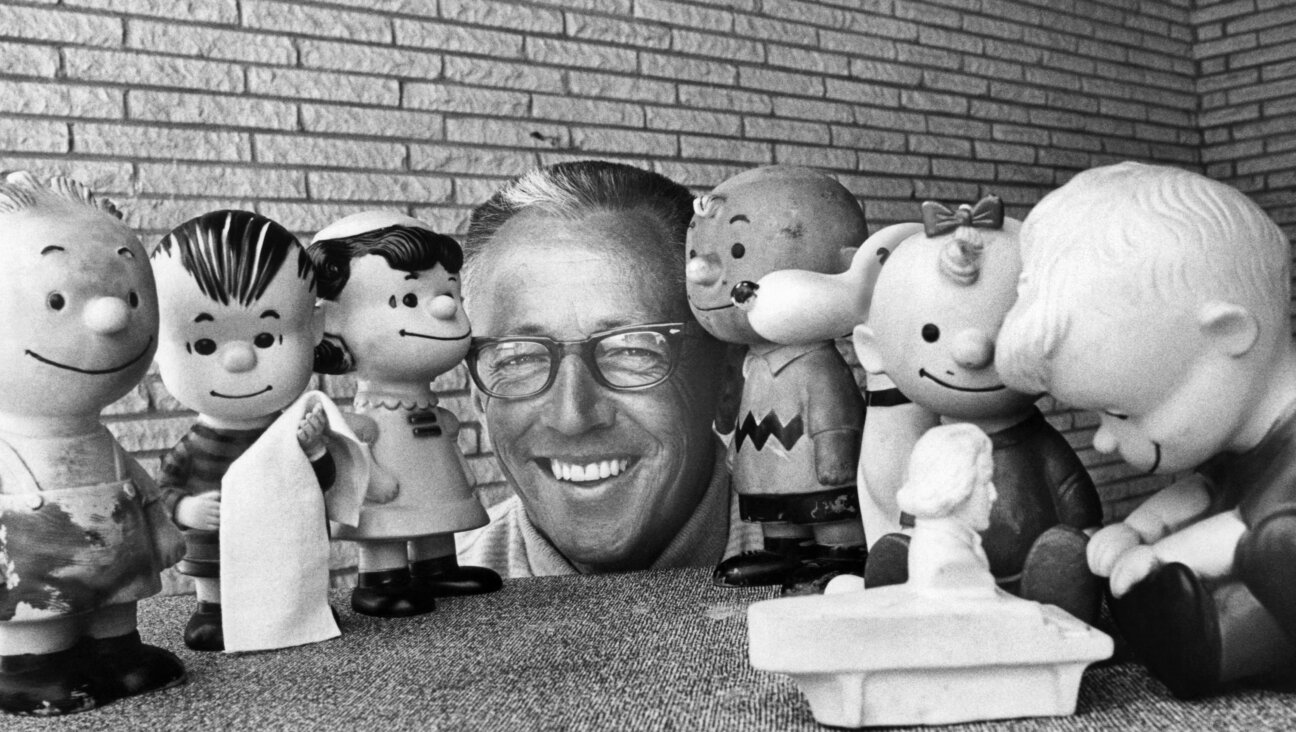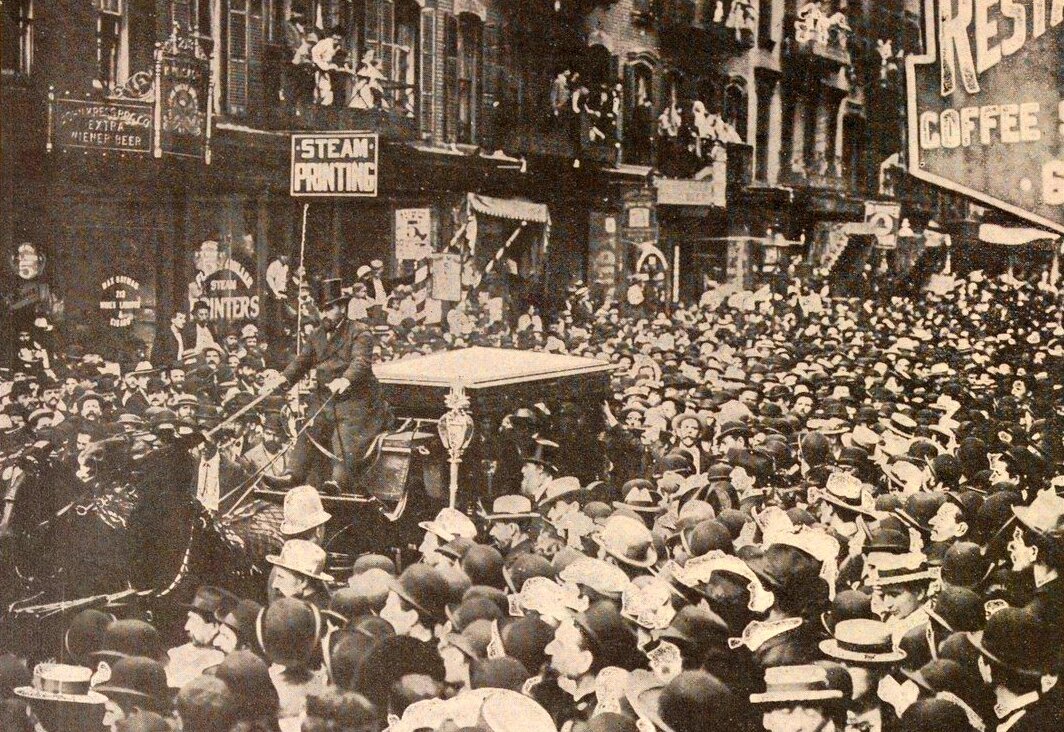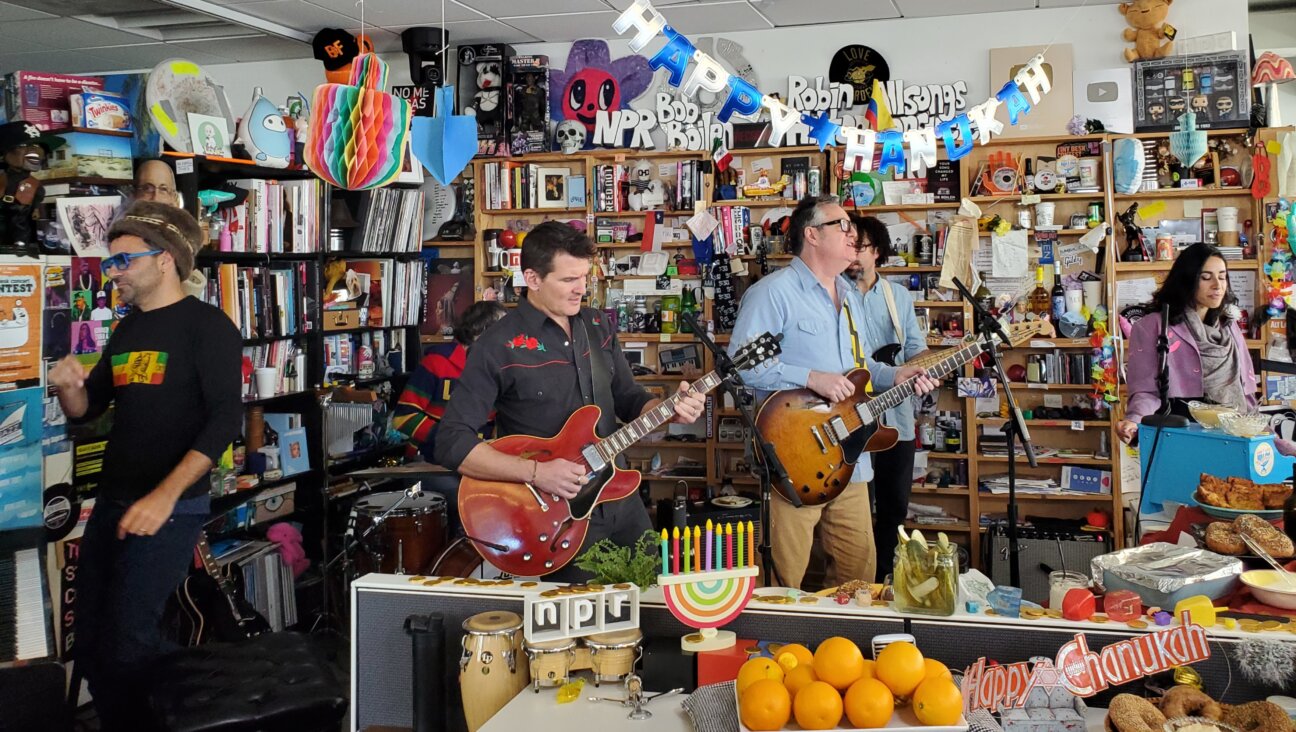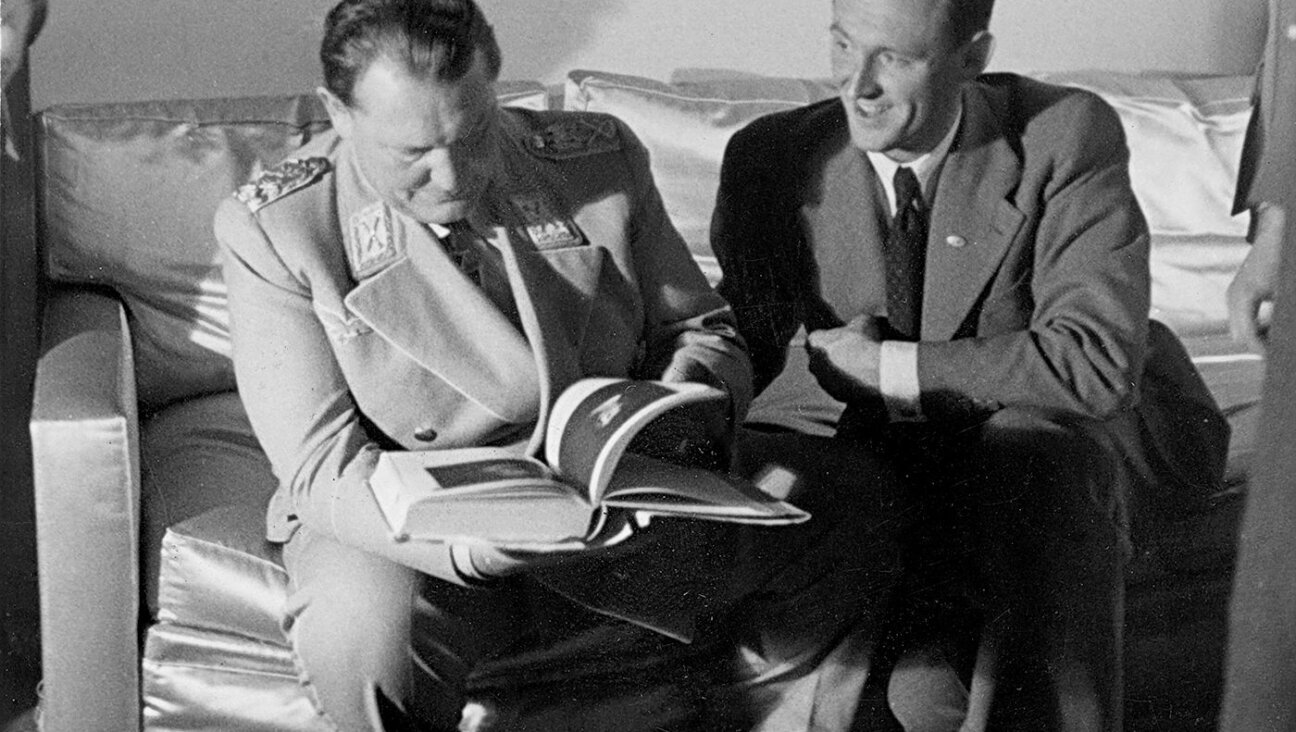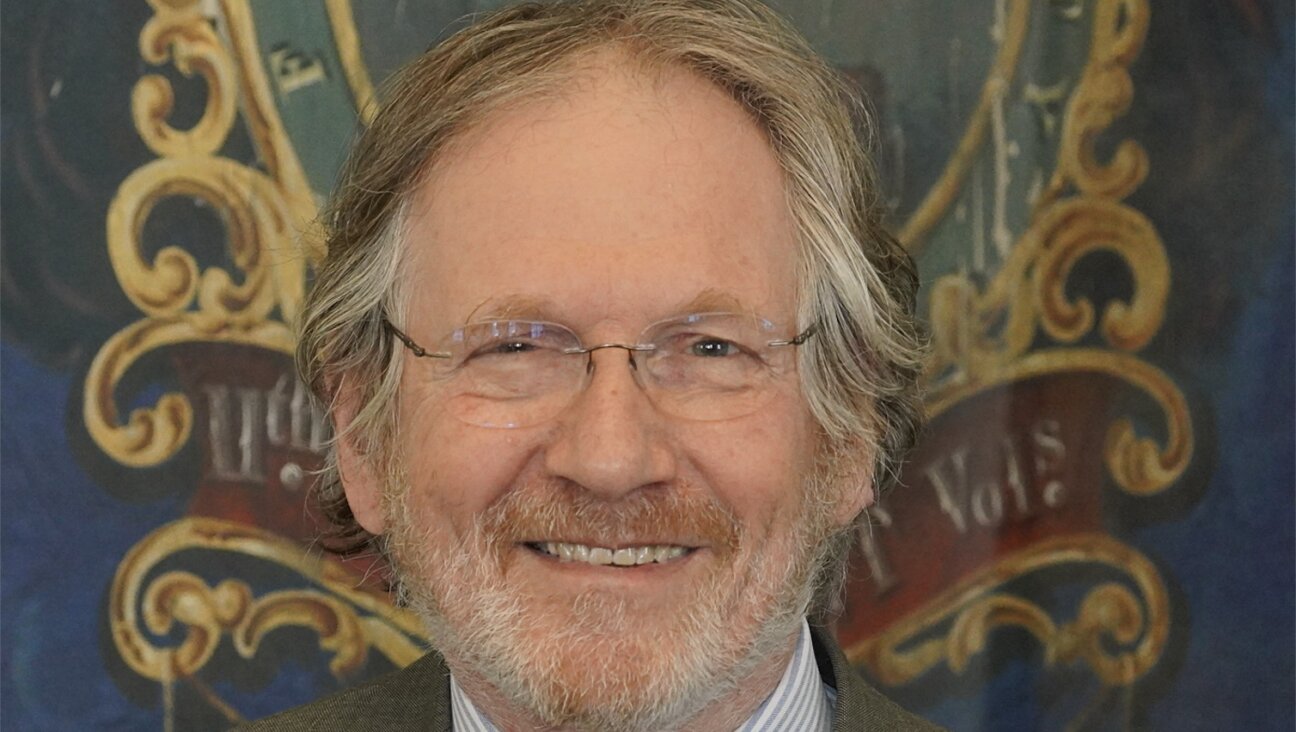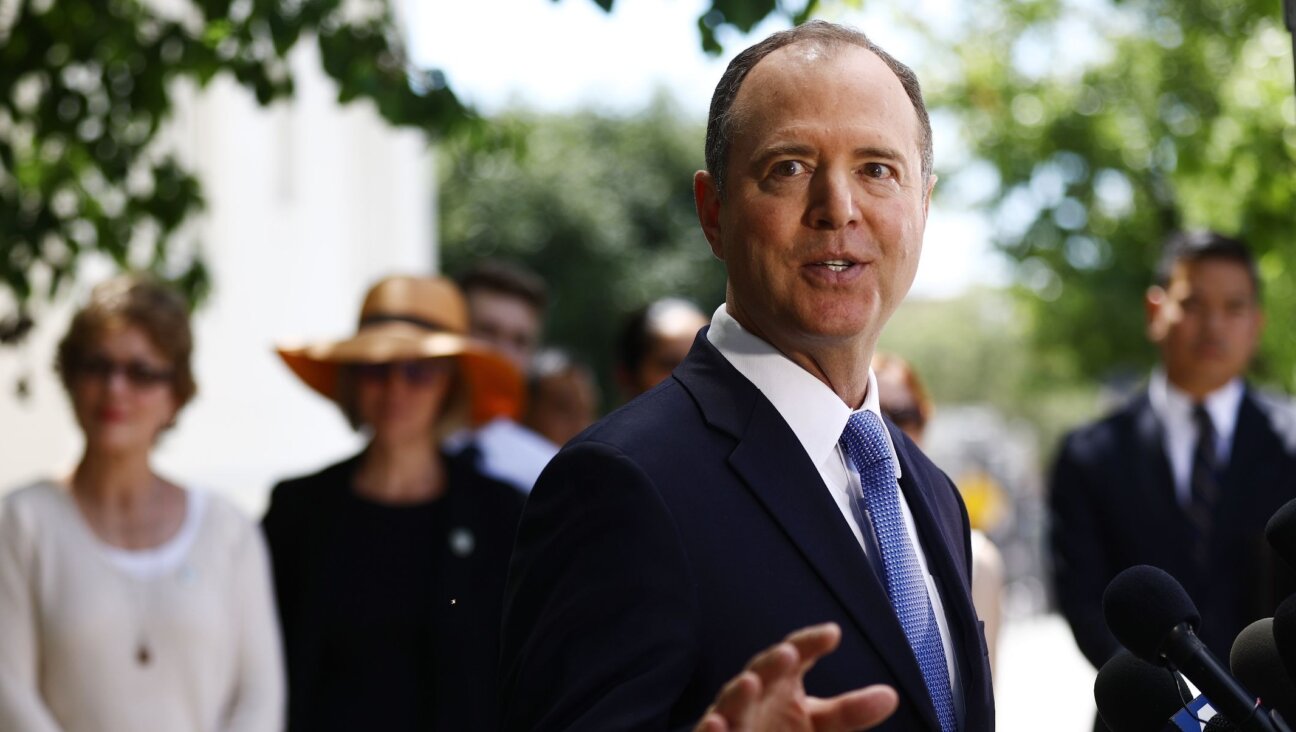From a Popular Composer, More Than Meets the Ear
If you had to choose a single word to describe the contemporary Jewish music scene, “eclectic” would be a good one. The klezmer revival of the 1970s begat klezmer-jazz, which in turn begat klezmer-funk, klezmer-punk and scores of other klezmer-hyphenates, all of which now coexist happily with Sephardic pop, Mizrahic hip hop, and innumerable other hybrids and fusions. Given such diversity, it’s tempting to think that Jewish music — and Jewish musicians —never covered quite so much ground.
Tempting, but wrong. Jewish musicians have always had a gift for mastering multiple musical dialects. Exhibit A: Sholom Secunda.
Born in Ukraine in 1894, Secunda was feted as a cantorial prodigy. He got his first taste of Yiddish musical theater when he performed in the operettas of poet and playwright Avrom Goldfaden. After his family immigrated to New York, Secunda enrolled at the Institute of Musical Art (now The Juilliard School), where he studied with composer Ernest Bloch, himself a European Jewish immigrant. By that time, Secunda was already writing songs for the Yiddish stage and had been appointed resident composer and conductor for Brooklyn’s Lyric Theater. Until his death in 1974, he was known principally as a composer of Yiddish theatrical music. His best-known works became enormously popular in English translation; the Andrew Sisters struck gold with “Bei Mir Bist Du Sheyn,” while Joan Baez made “Dona, Dona” a folkie hit. But Secunda churned out a large body of concert and liturgical music, too. (He also served as music critic for the Yiddish Daily Forward, and as music director of Brooklyn radio station WLTH — in which capacity he once wrote a radio jingle for Joe and Paul, a clothing company whose founder, Paul Kofsky, invented a fictitious co-owner on the assumption that people would find him more trustworthy if they thought he had a partner.)
Pianist and conductor Joyce Rosenzweig, music director of Manhattan’s Congregation Beth Simchat Torah and artist-in-residence at Hebrew Union College (also in New York City), came to appreciate the breadth of Secunda’s work while trying to find material for her students to perform at recitals. In time, she herself began performing pieces by Secunda at choral festivals and at Jewish music symposia. And February 12, at the congregation’s 11th annual Shabbat Shirah concert, Rosenzweig mounted a musical retrospective of the composer’s work. The event — “Beyond ‘Bei Mir Bist Du Sheyn’: The Musical Legacy of Sholom Secunda” — covered every aspect of Secunda’s oeuvre, from the famous title tune to a series of obscure but beautifully crafted art songs.
The concert took place on the Upper West Side at Congregation Rodeph Sholom, on the afternoon of the greatest blizzard in the city’s history. Over 2 feet of snow took a toll on attendance, and the cavernous sanctuary — with its elaborate Romanesque ceiling — made the audience seem even smaller and the bimah even more distant. But singer Joanne Borts quickly closed the gap with a ringing version of “Bei Mir Bist Du Sheyn.” There was a certain irony in the jazzy flavor of the accompaniment provided by Rosenzweig, flutist Wendy Luck, drummer Barbara Freedman and bassist Marty Confurius. Though the tune was quickly taken up by swing-era musicians, Secunda himself was far less interested in jazz than in classical music, and even declined to collaborate with a young George Gershwin because he couldn’t relate to Gershwin’s jazzy inclinations.
As charming as Secunda’s theatrical songs are, however, the real revelations of “Beyond ‘Bei Mir Bist Du Sheyn’” lay in the liturgical and concert works presented. For example, most people are probably unaware that Secunda was responsible for the standard version of “Shabbat Shalom” sung at synagogues and Hebrew schools around the country. Performed by Helene Feldman, Henry Carrey and the CBST Community Choir, the tune immediately summoned a nimbus of childhood nostalgia; it’s likely that many in the audience were seized by the urge to sing along. (Fortunately, no one did.) Much the same might be said of Secunda’s setting of “Kiddush L’Shalosh Regalim,” whose stately, almost starchy elegance was punctuated by moments of lyricism that served as a reminder of Secunda’s flair for popular melody. The melismatic flourish of its coda, impeccably rendered by soloist David Berger, similarly attested to the composer’s intimate knowledge of cantorial ornamentation. (So, too, did “Chazonim oif Probe,” which parodies several distinct cantorial styles with razor-sharp accuracy.) But ultimately, Secunda’s art songs were the real eye-openers.
In the 1920s, such black composers as Harry T. Burleigh and R. Nathaniel Dett transformed traditional African American spirituals into secular works for the concert stage. Secunda achieved much the same thing for Jewish folk and liturgical music with such works as “Al Naharos Bavel” and “Zol Nokh Zayn Shabbos” As one might expect from a student of Bloch, Secunda seeded the piano accompaniment with traces of French Impressionism and late German Romanticism. But the melodies themselves, with their delicate Jewish ornaments, clever modulations and subtle rhythmic suspensions, are all Secunda. These beautifully turned miniatures — authentic Yiddish lieder, art songs with a Jewish accent — deserve to be heard far more often.
Alexander Gelfand is a writer living in New York.
A message from our CEO & publisher Rachel Fishman Feddersen

I hope you appreciated this article. Before you go, I’d like to ask you to please support the Forward’s award-winning, nonprofit journalism during this critical time.
We’ve set a goal to raise $260,000 by December 31. That’s an ambitious goal, but one that will give us the resources we need to invest in the high quality news, opinion, analysis and cultural coverage that isn’t available anywhere else.
If you feel inspired to make an impact, now is the time to give something back. Join us as a member at your most generous level.
— Rachel Fishman Feddersen, Publisher and CEO







